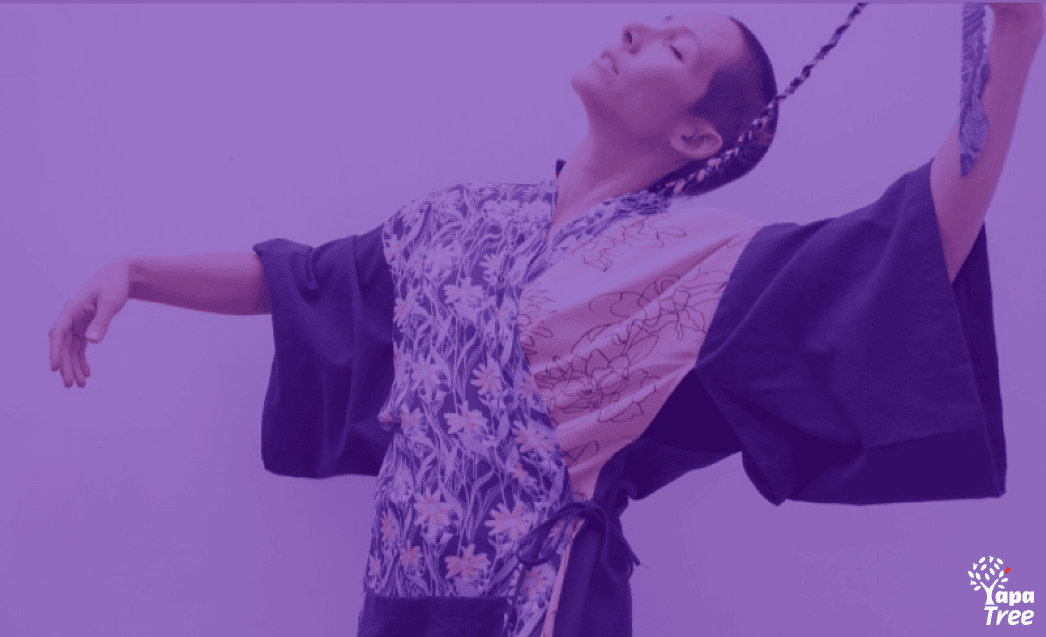The title of this exposition may sound like somewhat of an enigma, hence it can be
described as follows:
“The Pursuit of a timeless aesthetic that is also functional, uniting ancient tradition while simultaneously anticipating the future.”
Decoding the Kimono for Modern Times is about breaking the boundaries of the form of the kimono while maintaining respect for tradition. It is about reinterpreting the Kimonoʼs distinctive features and creating clothing that is beautiful and practical for daily wear for anyone. By juxtaposing modern fabrics, traditional textile techniques, traditional shapes, and modern forms we hope to maintain and express the essence of the kimono.
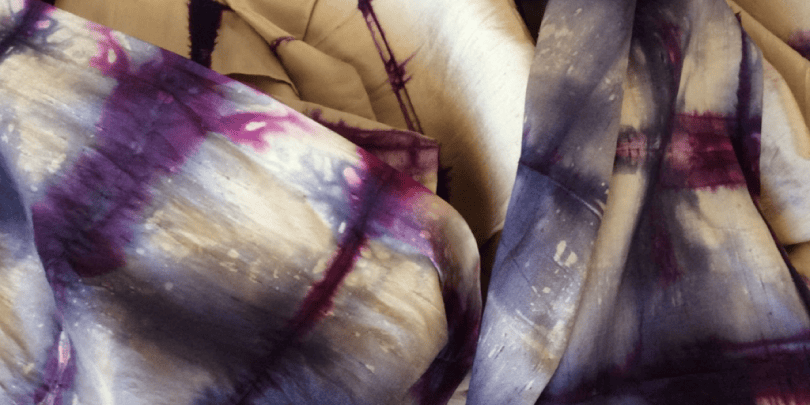
Why the Kimono?
The literal definition of kimono is “a thing to wear”, but what is it that makes the kimono beautiful and unique? First of all, the kimono is adaptable to anybody, any age, any gender, and any season. It is versatile as it can be worn in any number of ways for any occasion. Second, it is a zero-waste product. The fabric is made specifically to produce the kimono rather than the reverse of Western clothing, where the clothing is cut from an arbitrary piece of cloth. Third, it is one of the oldest forms of wearable art. The fabrics are typically one of a kind. Fourth, its unstructured form is what helps make it both ageless and timeless. Unlike Western clothing which is cut to follow the form of the body, the kimono allows the body to fill the form of the garment. This is the reason why it can suit any “body”.
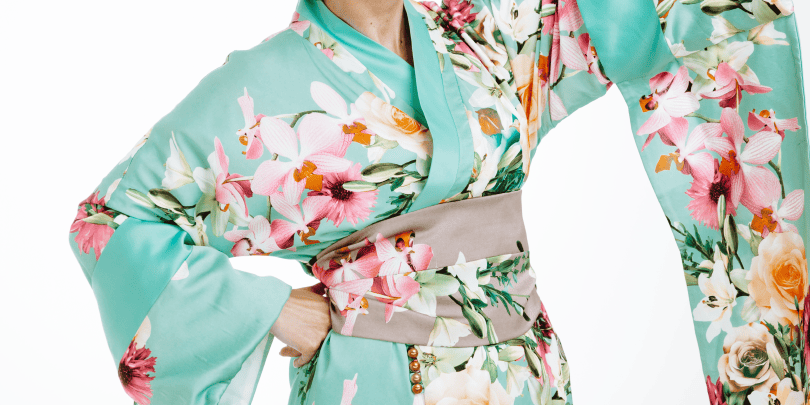
A Brief History of the Kimono as a Fashion Icon
The kimono has always had a major influence on the fashion world since first introduced to Western culture in the 17th century through the Dutch East India Company. Dutchmen were the first to wear the kimono as a house jacket or robe. It was soon adopted by many other Western countries and has become a global fashion icon in modern times. One of the most notable surges of interest in kimono-style fashion in the 20th century was during the 1920s when designers such as Elsa Schiaparelli and Vionnet incorporated the draping lines of the kimono into contemporary fashion. It is by far the most widely adopted national costume in the history of fashion.
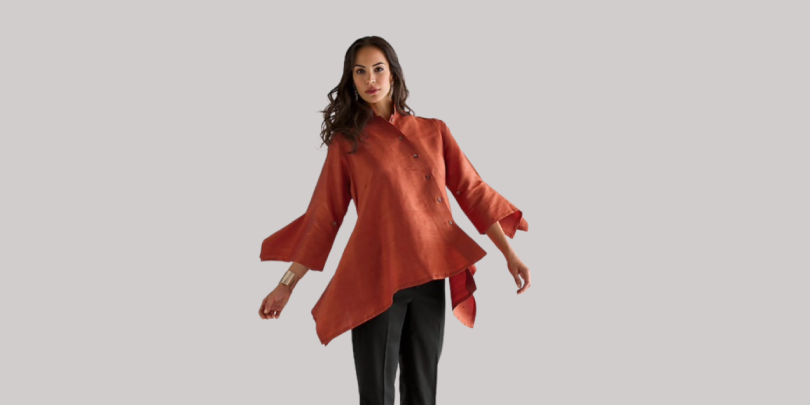
Objectives
The main intention of this exposition centers around community collaboration. First, we wanted to bring together designers, textile artists, and fine artists of Cuenca to collaborate. The second intention was to discover and work with the diverse businesses available locally which support the production of apparel and accessories. Third, we had a desire to inform the local community about Japanese culture and aesthetics. Fourth, it was to be a design and artist challenge for collaborators to step out of the mundane. Last, but not least, we wanted to create something that is rare to find in these times-original clothing that is relatable, functional, artful, and timeless for everyone.
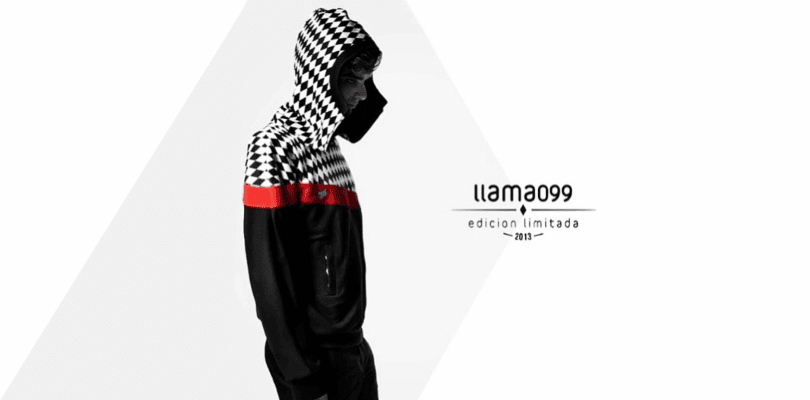
The Exhibit
The ultimate critical component lies in the significance of the work’s exposition. The purpose of curating an exhibition is to create the ultimate environment for completing and fully expressing the work and its aesthetics. In this exposition, specifically, music and dance will also be incorporated on opening night to create an ambiance. In order to fully embody the experience, the attendees will be invited to try on the clothing and accessories. Ultimately, the exhibition space will be a meeting space for people of all ages, genders, and nationalities to share a captivating experience.
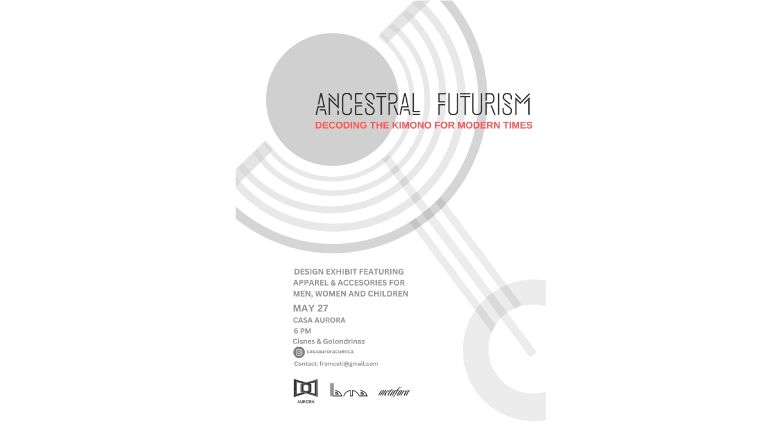
In conclusion, we hope that the exposition may spark inspiration in those who attend to incorporate creativity into their daily lives as well as to collaborate interculturally. One of our greatest desires is that those who attend the show may feel a sense of timelessness by experiencing the past, present, and future simultaneously.
Collaborators in the Exposition Include:
- Rommie Gerber (Textiles)
- Marines Cardoso (Clothing)
- Textiles Christian Lopez (Clothing)
- Berenice Cardenas (Jewelry)
- Lynn Mizono (Clothing)
- Junya Matsushita and KDorfzaun Panama Hat Company
- Enid Altstedter (Textile/Paper)
- Patricia Villanueve (Textile)
- Kimberly Wood (Paper)
- Gustavo Lopez (Painting)
The exhibition commences on Saturday, May 27th at 6 pm at Casa Aurora and continues until June 17th. Throughout this period, a variety of events and interactive workshops will be available for participation The show is being produced by Christian Lopez and curated by Lynn Mizono.

